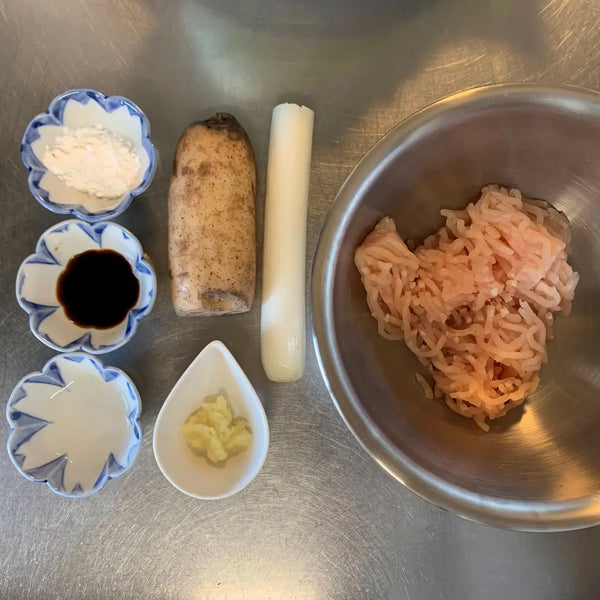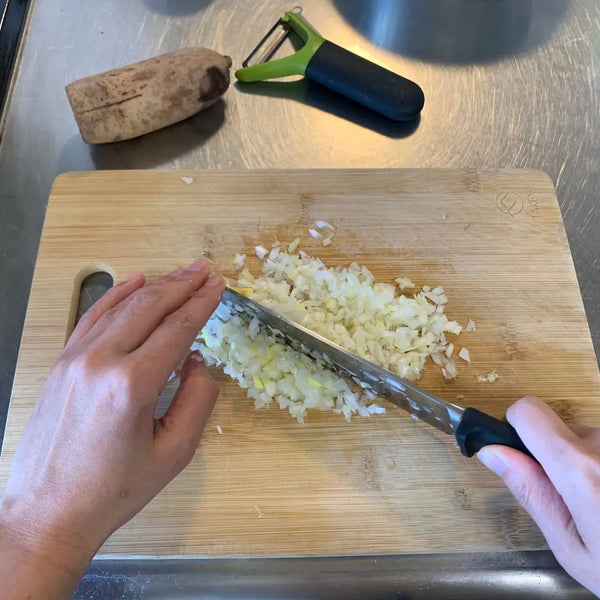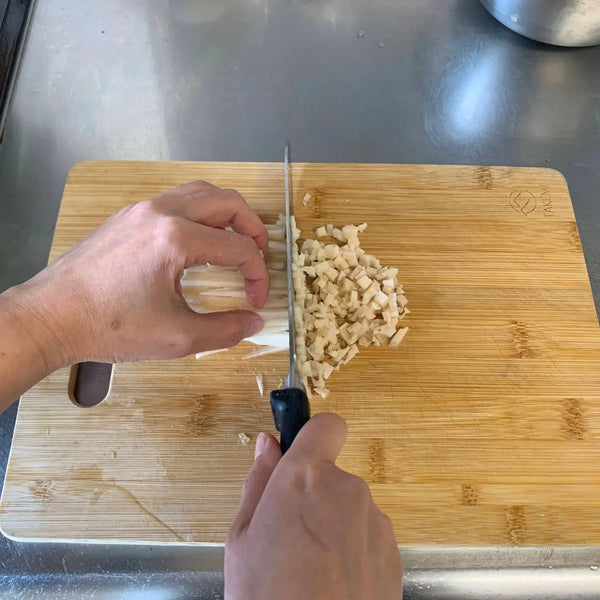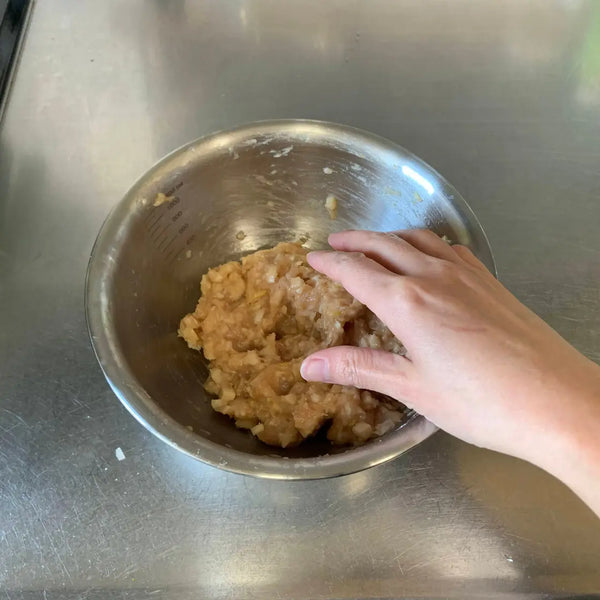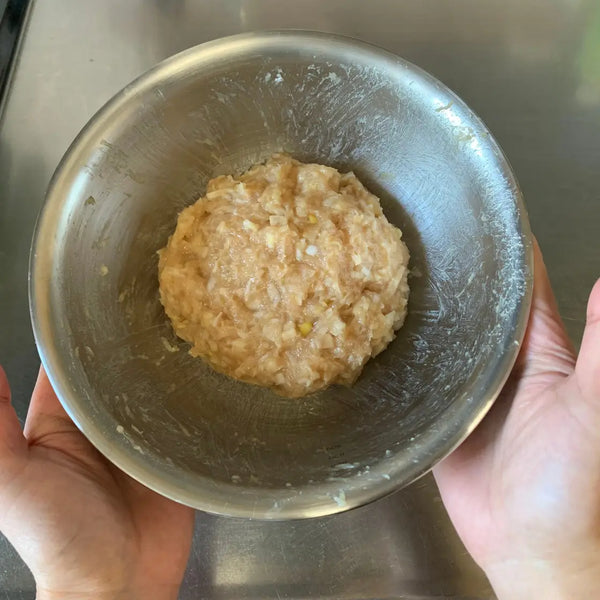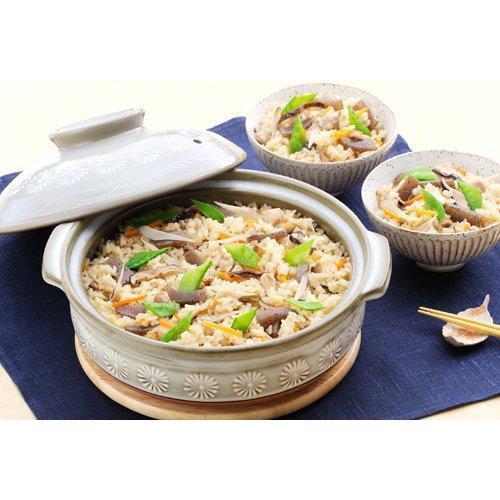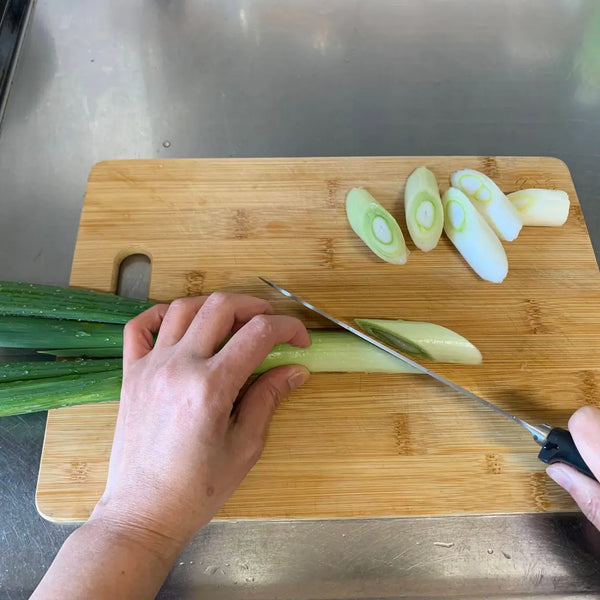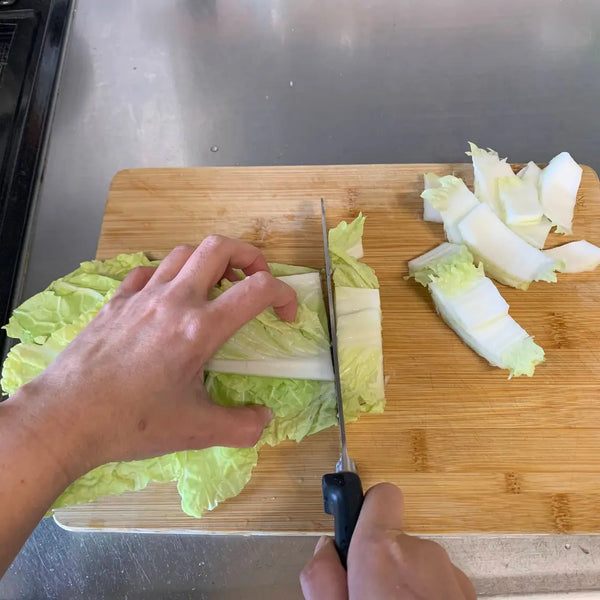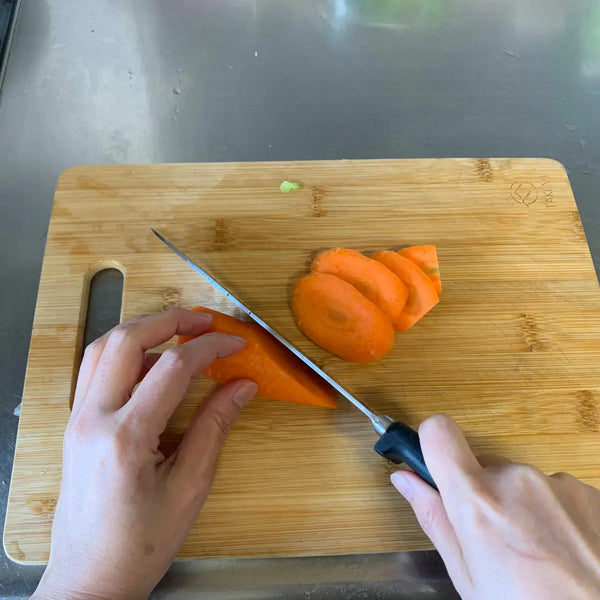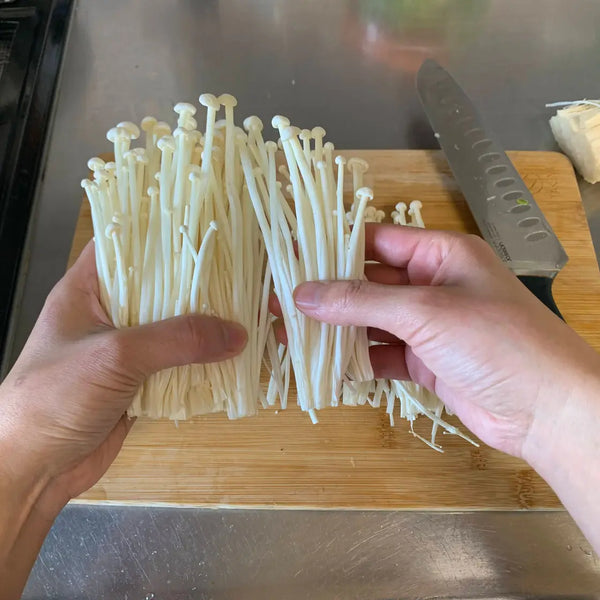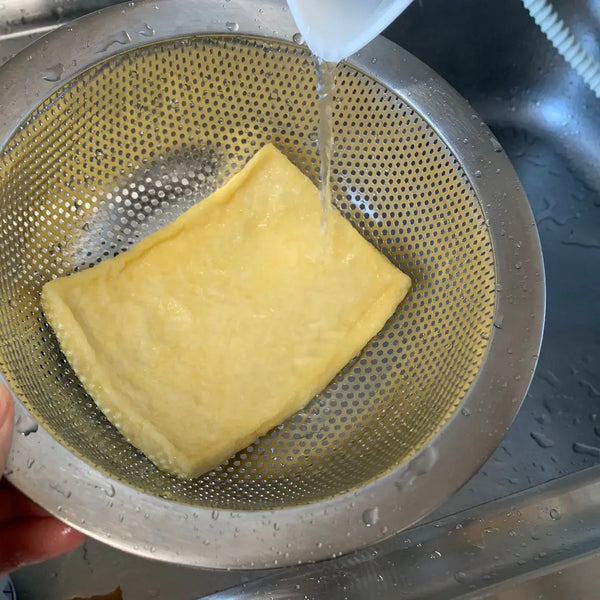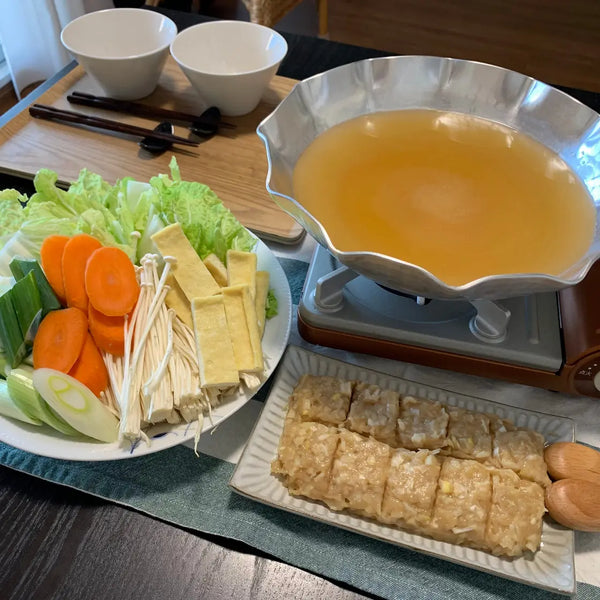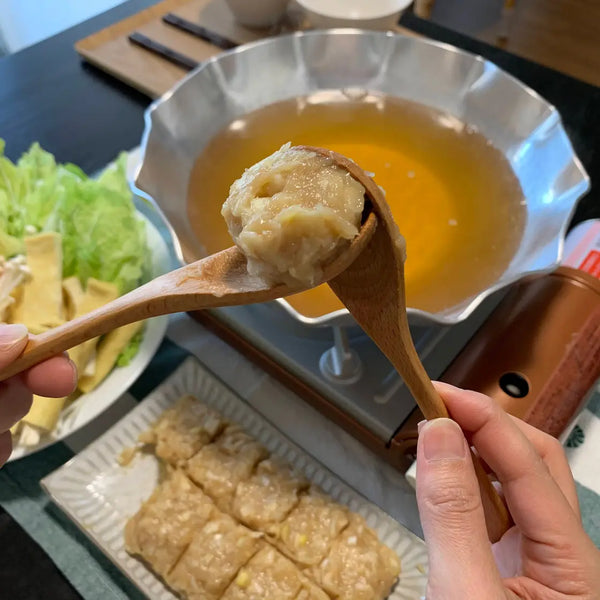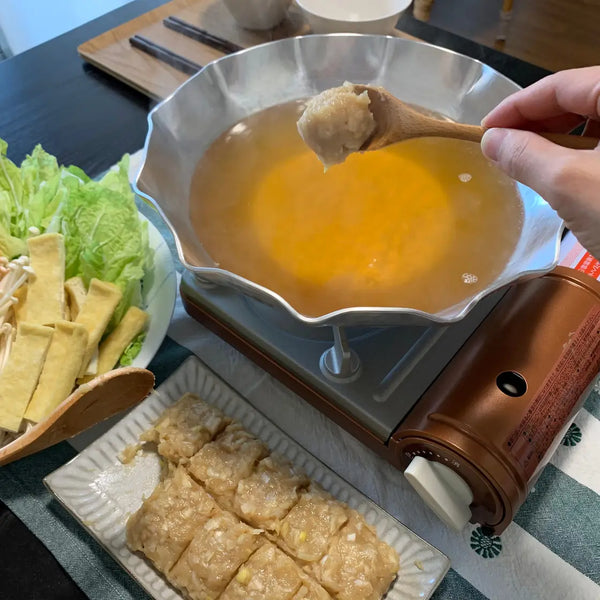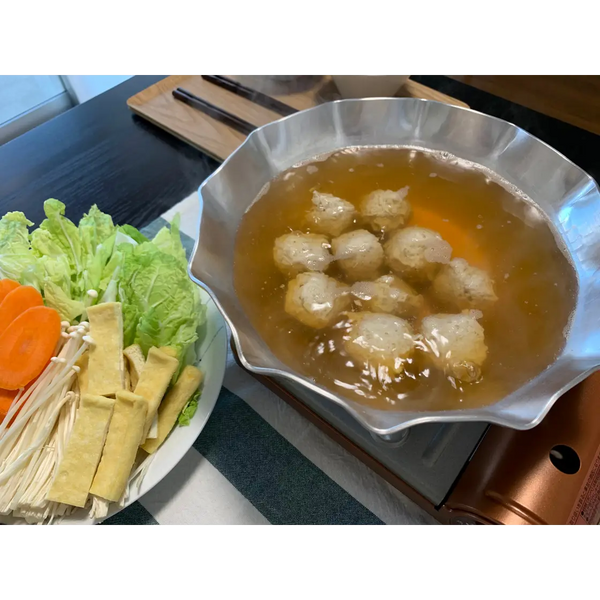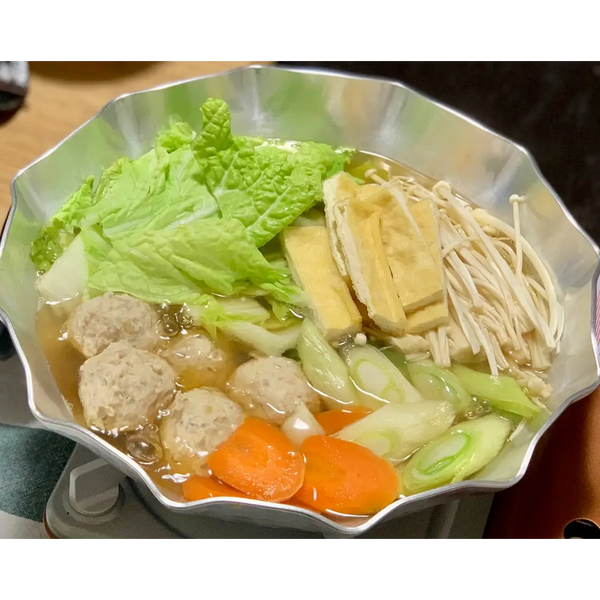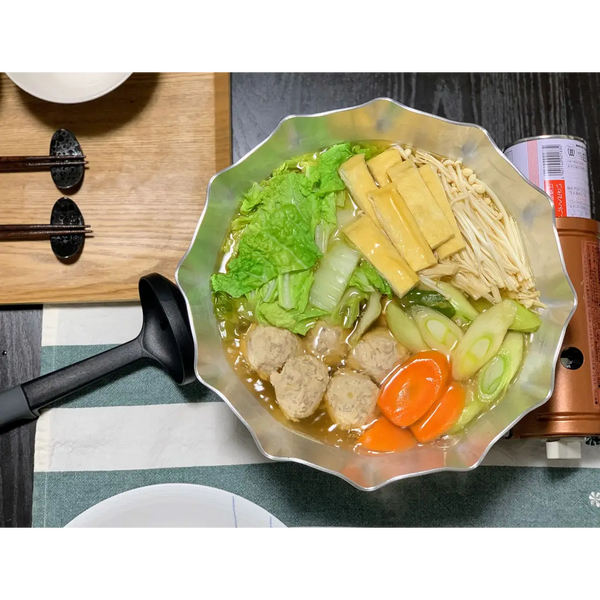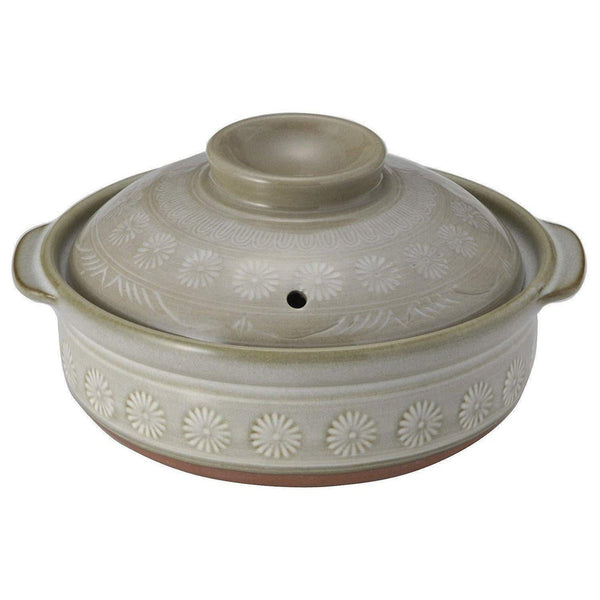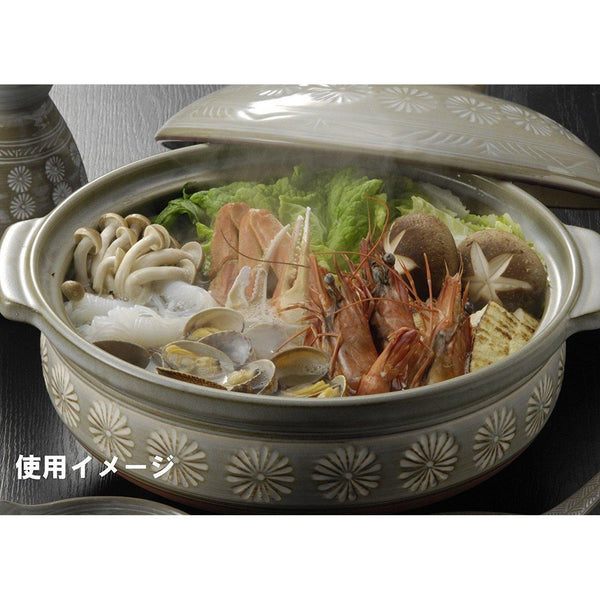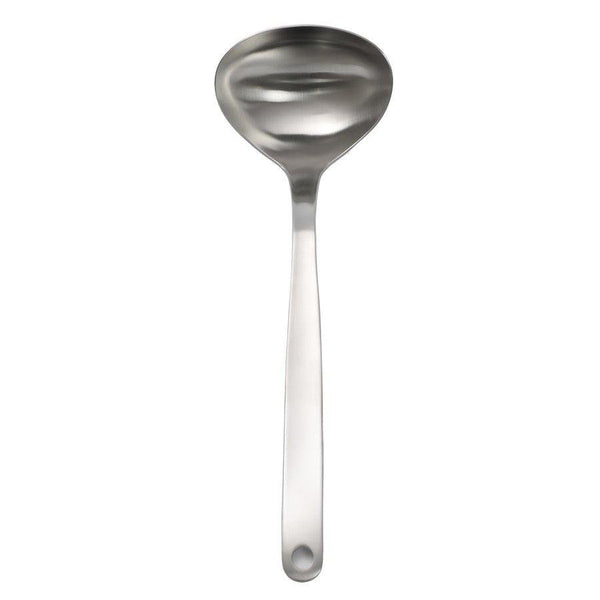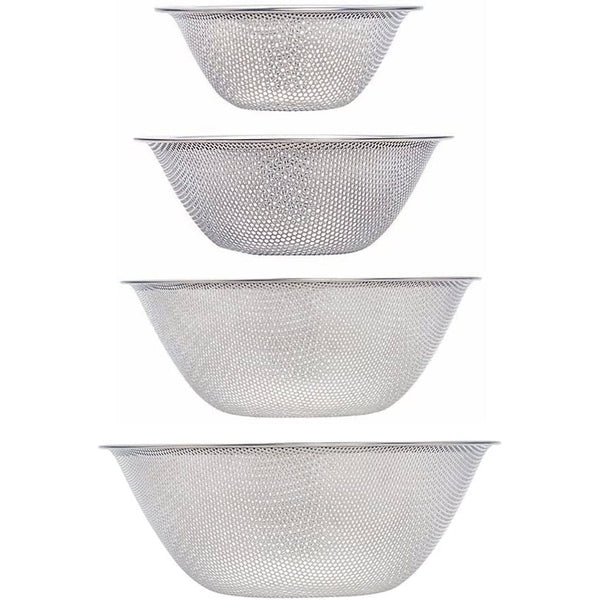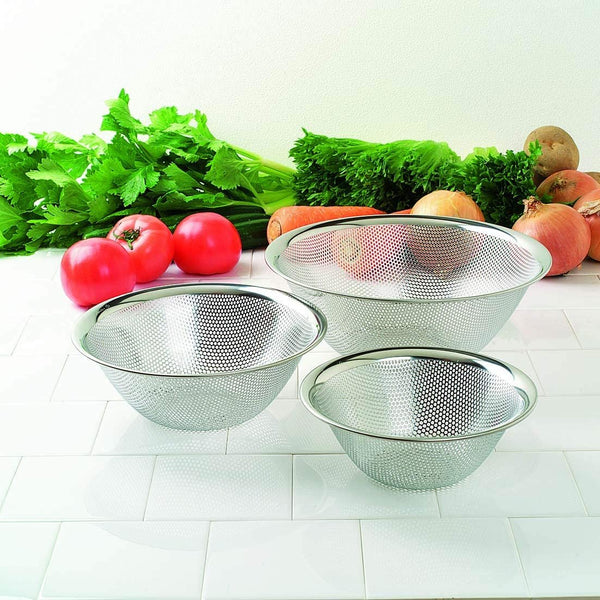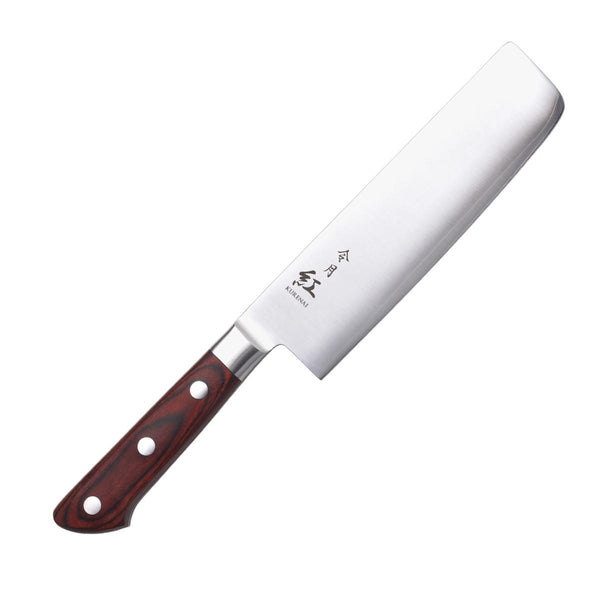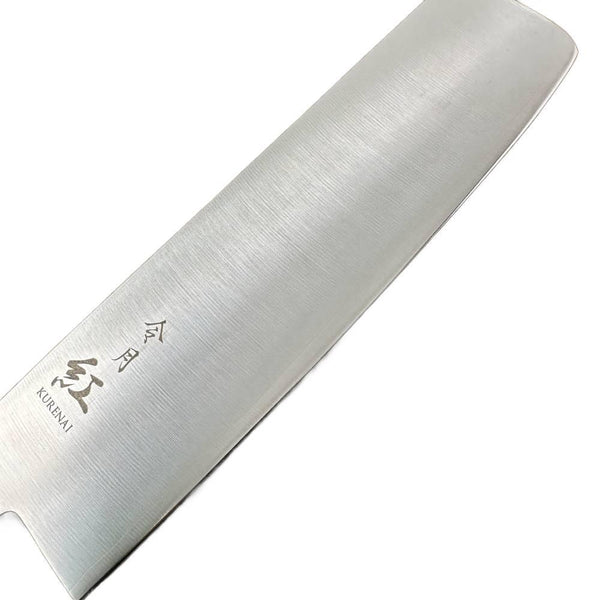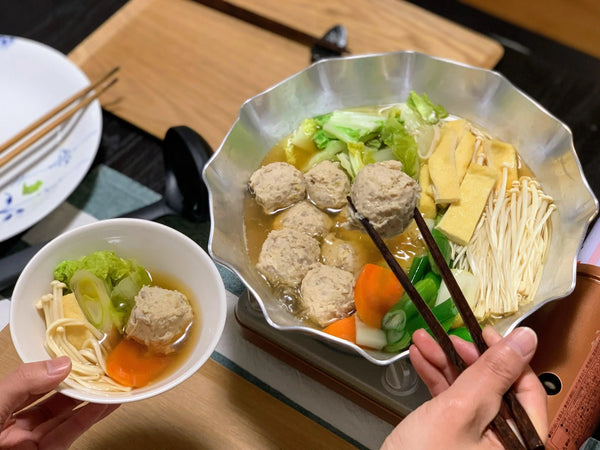
Chanko nabe is a hot-pot dish originally created to serve Japanese sumo wrestlers. "Chanko" means a dish made for sumo wrestlers, and "nabe" means pot. In chanko nabe, vegetables and meat are placed in a pot and simmered together in a soy sauce or salt-based broth. Rice, rice cakes, or noodles are often added at the end to fill the stomachs of the sumo wrestlers.
Sumo wrestlers live and eat together in an organization called a sumo beya (sumo house). Chanko nabe was created to provide an efficient and nutritionally balanced meal for sumo wrestlers, who consume large amounts of food. It's the perfect menu because it can be made in a large batch, fosters a sense of solidarity among wrestlers as they gather around the same pot, and the broth created by simmering the various ingredients becomes very tasty.
Sumo wrestlers gain weight by consuming a lot of food on an empty stomach after rigorous practice without breakfast, and then taking a nap afterward to bulk up even more.
Despite its association with sumo wrestlers, chanko nabe itself is a simple and healthy meal containing vegetables and meat in a soup. It has become popular not only in the sumo world but also among normal Japanese people. The soup and ingredients can be arranged in endless ways, such as by adding miso paste into the broth, using seafood instead of chicken, or changing up the dashi. Various recipes exist for each restaurant and household.
A common recipe for chanko nabe includes chicken meatballs, napa cabbage, Japanese leek, and mushrooms cooked in a chicken-based broth. Eating around the same nabe (hotpot) is a typical Japanese winter event for families. It is common to gather around and cook while eating nabe at the dining table using a tabletop gas stove or an electric pot. If you do not have a portable gas stove or electric pot, you can make chanko nabe using a regular kitchen stove and serve each portion individually.
Chanko nabe is more than just a filling hot pot. It reflects the daily life and discipline of sumo wrestlers. Designed to support intense training, the dish delivers protein, vegetables, and energy in one pot. Chicken is most common because it is lean and affordable, but pork, beef, or seafood are also used. The broth absorbs deep umami as ingredients simmer together, making each serving richer over time.
One key feature of chanko nabe is flexibility. There is no fixed recipe. Each sumo stable, restaurant, and household has its own version. Ingredients change by season, budget, and taste. This makes chanko nabe easy to adapt at home using what you already have.
Outside the sumo world, chanko nabe is loved as a comforting winter meal. It is warm, nourishing, and ideal for sharing. Cooking and eating from the same pot encourages conversation and togetherness. Simple to prepare and easy to customize, chanko nabe remains a practical and satisfying dish for everyday Japanese meals.
If you like nabe and stew-style comfort food, try more Japanese hot pot recipes like kimchi gyoza nabe, rich and hearty motsunabe, or the classic Kanto-style sukiyaki. They’re perfect for cozy dinners and easy sharing at the table.
